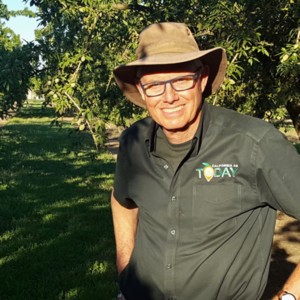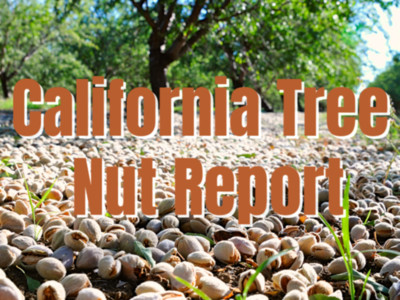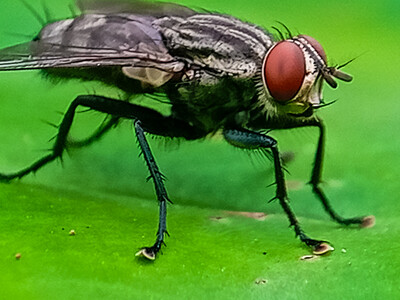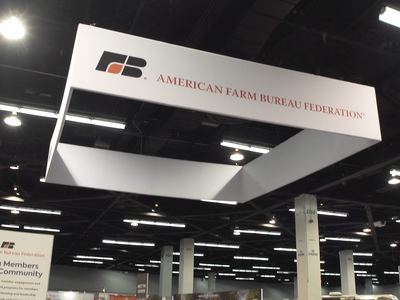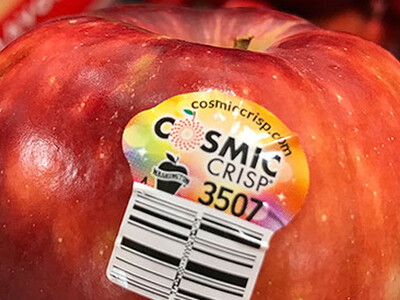Integrated Pest Management Tips For Navel Orangeworm
David Haviland is a UCANR entomologist based in Kern County. He spoke at the virtual Almond Conference on IPM tips for navel orangeworm.“Now the first point to make with navel orangeworm (NOW) is that there is no silver bullet. You absolutely have to have a program,” noted Haviland. “So that is sanitation on combination with monitoring and insecticides. Harvesting as earlier and as quickly as you can, and mating disruption. So, all that together, and this is a case where this adage of you have to spend money to make money is very appropriate. So, you’ve got to be aggressive on this one.”
Haviland Describes what we've known for decades. “That the cornerstone of an IPM program For NOW is sanitation. You've probably heard a lot about it over the years, and I'm going to talk about it again,” Haviland said.
“At minimum, every single grower in California, every almond grower during the winter should be dormant-shaking the trees, blowing those nuts to the middle, windrowing them and mowing or disking them---or whatever you need to do to destroy those nuts. Everyone should be doing that at minimum,” Haviland said.
“Now on top of that, in an ideal scenario, the trees will also get poled. The goal is less than two mummies per tree, and what's happening here is you're doing two things. You're reducing the number of moths, but really where you are making your money with the sanitation is by preventing places for eggs to be late,” noted Haviland
And what that does, it breaks the cycle, preventing navel orange worm larvae coming out in the spring.



